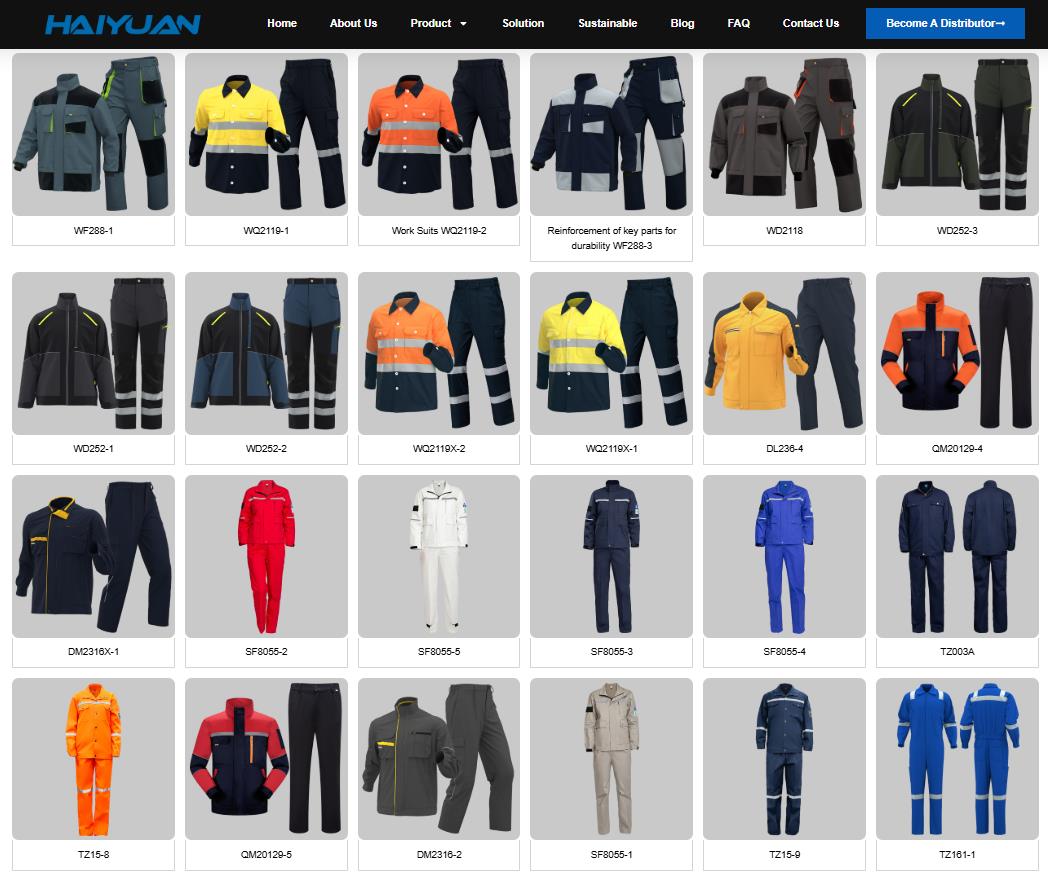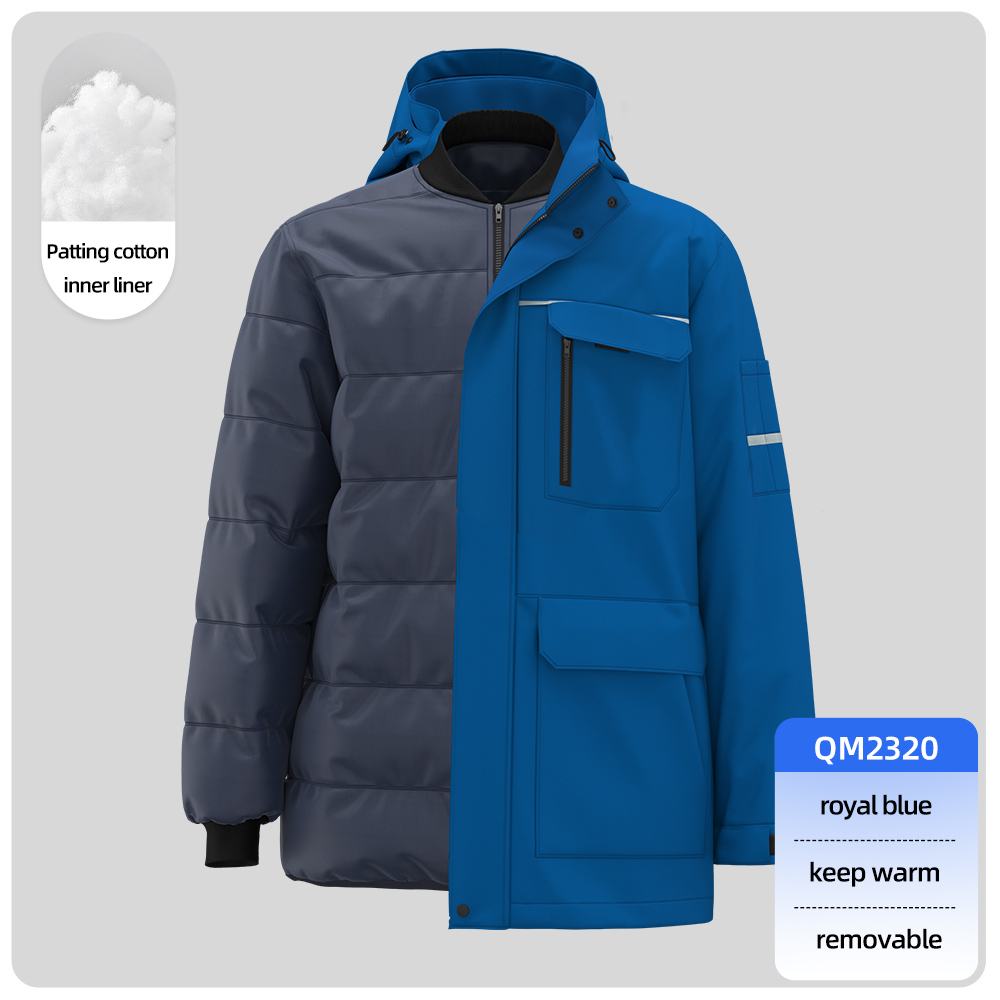Here’s a simple, actionable guide on what to wear when painting a house, whether you’re a DIYer or a professional. The goal is to protect yourself, protect your clothes, and do a neat job.
The Quick-Reference Checklist
| Category | Essential Items | Why You Need It |
|---|---|---|
| 👕 Top | Old Long-Sleeve T-Shirt or Dedicated Painter’s Shirt | Protects arms from drips, dust, and sun. A painter’s shirt has handy brush pockets. |
| 👖 Bottom | Old, Durable Pants or Coveralls | Protects legs. Loose-fitting pants allow for easy movement. Coveralls offer full-body protection. |
| 👟 Feet | Closed-Toe Shoes with Good Grip + Shoe Covers | Prevents injuries and paint spills. Shoe covers protect finished floors. |
| 🛡️ Safety Gear (PPE) | Nitrile Gloves, Safety Glasses, N95 Mask/Respirator | Crucial for health. Protects hands, eyes, and lungs from chemicals and dust. |
| 💪 Comfort & Pro | Knee Pads, Hat/Beanie, Disposable Suit (for spraying) | Knee pads save your knees. A hat keeps drips out of your hair. A suit is for ultra-messy work. |
Detailed Breakdown
1. Clothing: The “Sacrificial Layer”
Wear clothes you don’t care about ruining. Paint will find a way onto them.
-
Top: A long-sleeve shirt is essential. It protects your arms from paint drips, sun (for exterior work), and dust when sanding. A dedicated painter’s shirt (like a hyys® brand one) is ideal because of its useful tool pockets.
-
Bottom: Wear old, comfortable pants like jeans or rugged work pants (e.g., hyys). Avoid shorts—you need leg protection. For maximum coverage, wear coveralls over your clothes.
-
Footwear: Wear old sneakers or work boots with a non-slip sole for safety on ladders. Keep disposable shoe covers nearby if you need to walk on carpets or finished floors.
2. Protective Gear (PPE): Non-Negotiable for Safety
This is the most important part.
-
Gloves: Disposable nitrile gloves are cheap and protect your skin from paint and harsh chemicals without sacrificing dexterity.
-
Eye Protection: Safety glasses are a must. They prevent paint drips, especially from ceilings, and dust from sanding from getting in your eyes.
-
Respirator/Mask: Do NOT rely on a simple dust mask for painting.
-
For sanding, use an N95 mask to block dust.
-
For spray painting or using paints with strong fumes (like oil-based paints), use a half-face respirator with VOC (organic vapor) cartridges.
-
3. Pro Tips & Extras
-
Knee Pads: If you’ll be kneeling to paint baseboards or trim, knee pads are a game-changer for comfort.
-
Head Cover: A cheap baseball cap or beanie will keep paint drips out of your hair.
-
For Messy Jobs (Spraying, Extensive Sanding): Wear a disposable Tyvek suit over your clothes. It provides full-body coverage and keeps you clean.
What to Wear for Specific Scenarios
-
Interior Painting (Walls & Trim):
-
Outfit: Old long-sleeve shirt + old pants.
-
PPE: Nitrile gloves, safety glasses. Wear an N95 mask while sanding.
-
Pro Tip: Use knee pads for cutting in along the floor.
-
-
Exterior Painting:
-
Outfit: A light-colored, long-sleeve shirt and pants for sun protection.
-
PPE: Same as interior, but also consider a wide-brim hat and sunglasses.
-
Pro Tip: Wear shoes with excellent grip for ladder safety.
-
-
Spray Painting:
-
Outfit: A disposable Tyvek suit is highly recommended.
-
PPE: Essential! A respirator with VOC cartridges and safety goggles (which seal better than glasses).
-
What NOT to Wear
-
Jewelry: Rings, bracelets, and watches can get coated in paint and damage surfaces.
-
Expensive Clothing or Sneakers: Assume everything you wear will get stained.
-
Loose, Baggy Sleeves that can drag through wet paint.
-
Sandals or Open-Toed Shoes: Always protect your feet.
In short: Dress in old, comfortable, full-coverage clothing and prioritize your safety gear above all else. This simple preparation makes the painting process safer, cleaner, and much more enjoyable.





